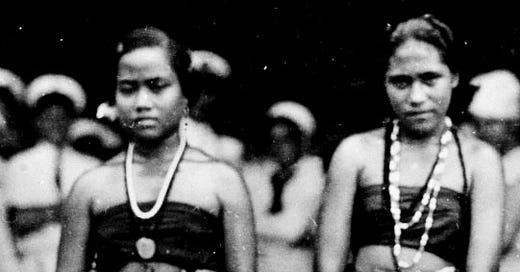In 1919 Commander Warren Jay Terhune, a 50-year-old with assorted maladies, arrived as American Sāmoa governor.
He could only walk short distances and had to have a truck modified to move him around. Suff…
Keep reading with a 7-day free trial
Subscribe to Michael Field's South Pacific Tides to keep reading this post and get 7 days of free access to the full post archives.



